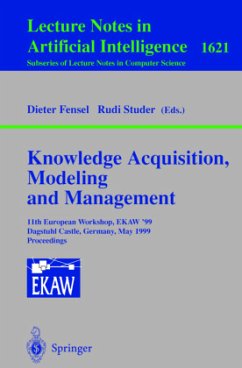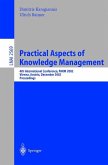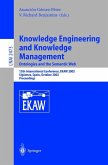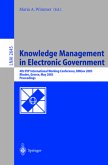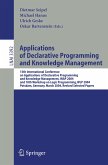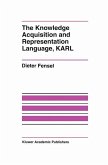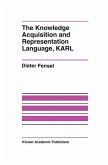Past, Present, and Future of Knowledge Acquisition This book contains the proceedings of the 11th European Workshop on Kno- edge Acquisition, Modeling, and Management (EKAW '99), held at Dagstuhl Castle (Germany) in May of 1999. This continuity and the high number of s- missions re?ect the mature status of the knowledge acquisition community. Knowledge Acquisition started as an attempt to solve the main bottleneck in developing expert systems (now called knowledge-based systems): Acquiring knowledgefromahumanexpert. Variousmethodsandtoolshavebeendeveloped to improve this process. These approaches signi?cantly reduced the cost of - veloping knowledge-based systems. However, these systems often only partially ful?lled the taskthey weredevelopedfor andmaintenanceremainedanunsolved problem. This required a paradigm shift that views the development process of knowledge-based systems as a modeling activity. Instead of simply transf- ring human knowledge into machine-readable code, building a knowledge-based system is now viewed as a modeling activity. A so-called knowledge model is constructed in interaction with users and experts. This model need not nec- sarily re?ect the already available human expertise. Instead it should provide a knowledgelevelcharacterizationof the knowledgethat is requiredby the system to solve the application task. Economy and quality in system development and maintainability are achieved by reusable problem-solving methods and onto- gies. The former describe the reasoning process of the knowledge-based system (i. e. , the algorithms it uses) and the latter describe the knowledge structures it uses (i. e. , the data structures). Both abstract from speci?c application and domain speci?c circumstances to enable knowledge reuse.
Bitte wählen Sie Ihr Anliegen aus.
Rechnungen
Retourenschein anfordern
Bestellstatus
Storno

